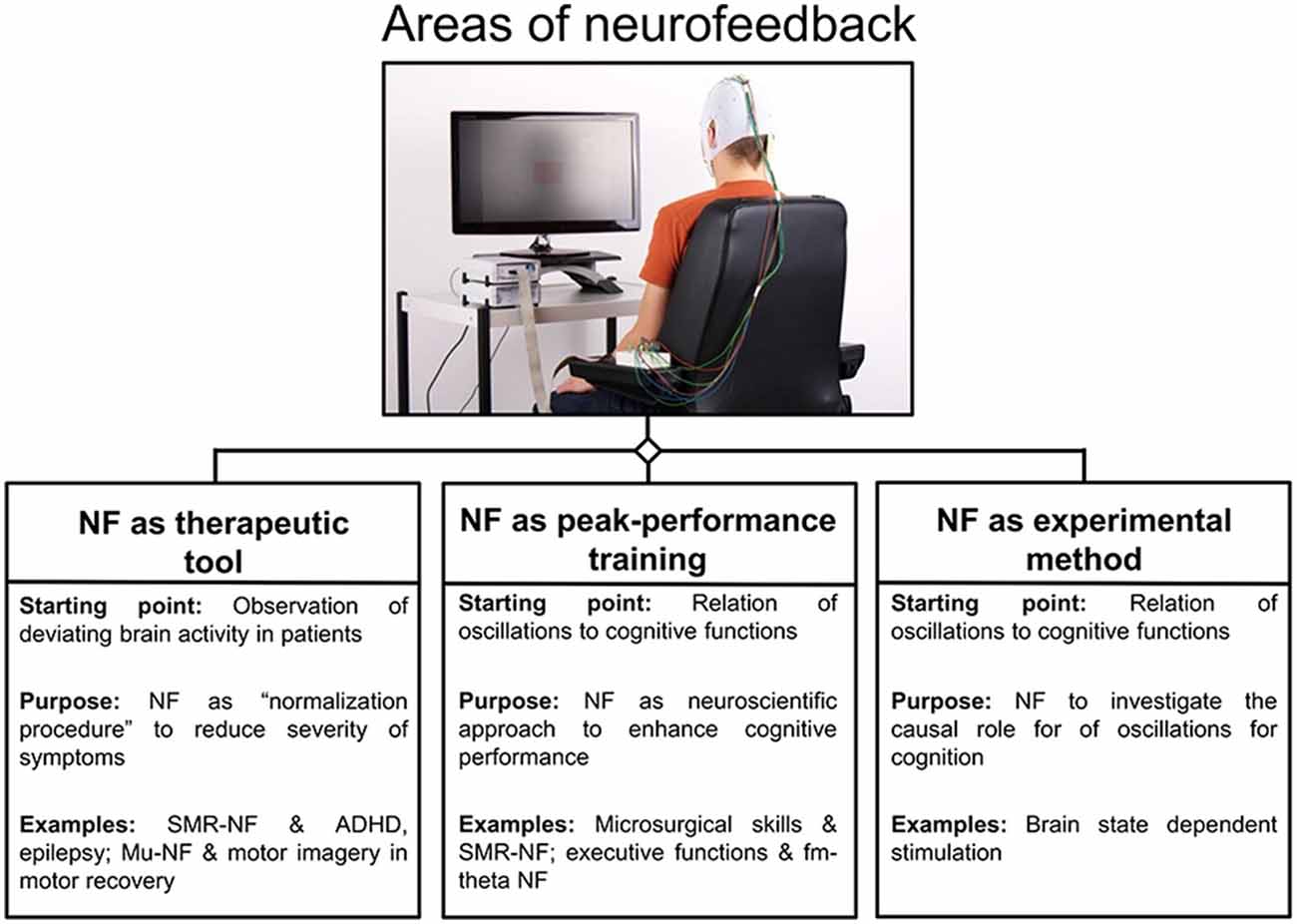Unlocking the Secrets of the Mind Through Quantitative EEG Cerebral Mapping Techniques in Psychological Health Evaluation
Unlocking the Secrets of the Mind Through Quantitative EEG Cerebral Mapping Techniques in Psychological Health Evaluation
Blog Article
Comprehending the human mind is a complex task, especially when it comes to mental health. Traditional methods of evaluation often rely on interviews and questionnaires, which can occasionally miss important details about how the brain operates. This is where qEEG brainwave analysis, or qEEG, comes into the picture. qEEG is a specific method that assesses electrical activity in the brain. By examining these brainwaves, mental health experts can obtain important understandings into a individual's psychological state, helping to enhance assessment and intervention.
qEEG works by placing small electrodes on the scalp to capture neural activity. These sensors measure neural signals produced by nerve cells, the cells in the brain that interact with one another. The information collected is then analyzed and displayed as a set of waveforms. Each type of neural wave—such as α, beta, delta, and θ—relates to various psychological conditions and functions. For example, alpha oscillations are commonly associated with relaxation, while β oscillations are linked to engaged thinking and problem-solving. By analyzing these patterns, clinicians can identify abnormalities that may suggest mental health issues.
One of the significant advantages of qEEG is its ability to provide unbiased information. In contrast to traditional assessments that depend on subjective accounts from patients, qEEG offers a clear view of neural activity. This objectivity can help reduce prejudices in assessment and result to neurofeedback for learning enhancement more accurate treatment plans. For instance, if a client is facing anxiety, qEEG can show specific patterns of neural function that are linked with stress conditions. This information enables mental health professionals to tailor interventions more effectively, whether through counseling, pharmaceuticals, or other approaches.
Additionally, qEEG can be especially useful in tracking treatment progress. By conducting qEEG assessments at different points during therapy, healthcare providers can monitor changes in brain activity over time. This continuous evaluation helps determine whether a treatment is effective or if adjustments are needed. For example, if a patient is not responding to a particular treatment, qEEG may show that their neural function has not altered in a manner that suggests progress. This feedback loop can result to more personalized and effective mental health treatment.
In summary, qEEG cerebral mapping is a potent instrument in the domain of psychological health evaluation. By offering unbiased information about neural function, it improves the comprehension of different psychological health disorders. This method not only assists in precise assessment but also assists in monitoring treatment success. As mental health professionals persist to investigate the capabilities of qEEG, it possesses potential for enhancing the well-being of people dealing with psychological health challenges. With ongoing investigation and advancements in technology, the mysteries of the brain may become clearer, leading to better outcomes for those in need of support.